Introduction
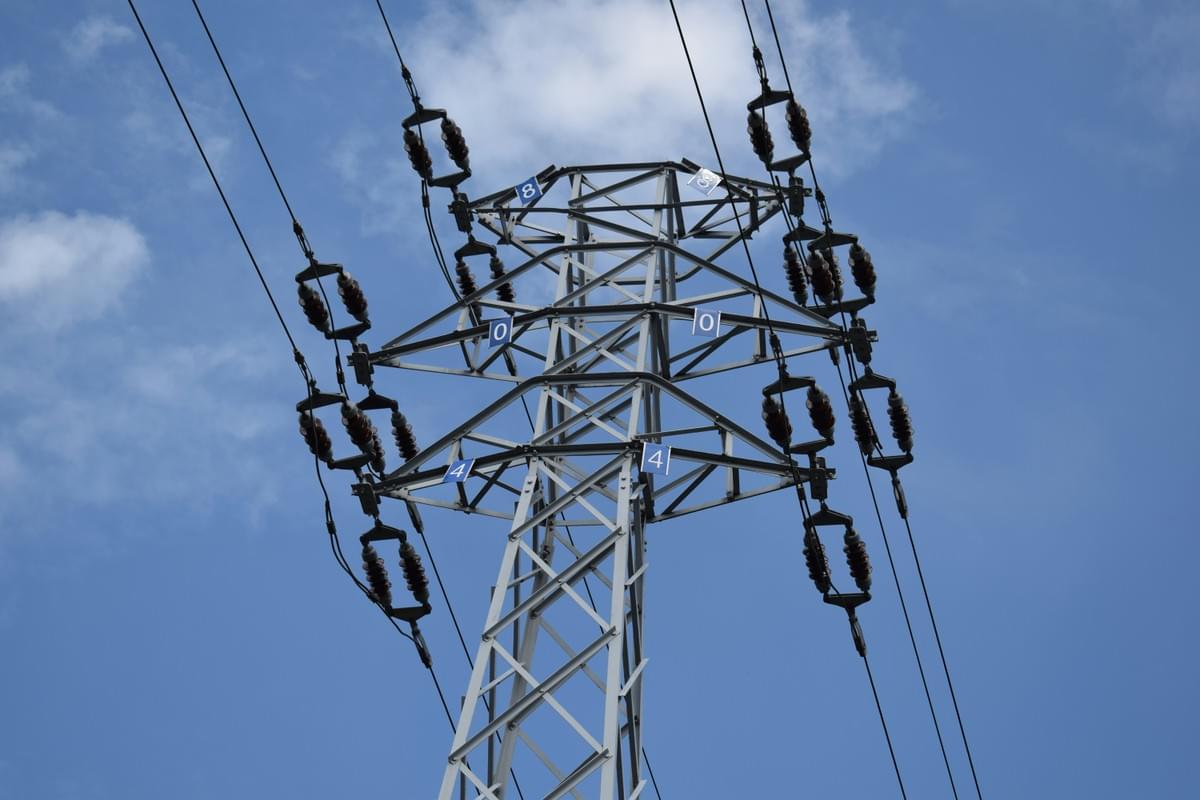
In the world of electrical engineering, understanding vibration in transmission lines is crucial for ensuring stability and efficiency. Vibration can arise from various sources, including wind, seismic activity, and even the electrical currents themselves. This leads us to a critical component in managing these vibrations: transmission line dampers.
Understanding Vibration in Transmission Lines
Vibrations in transmission lines can cause significant mechanical stress, which may compromise the integrity of the structure over time. These vibrations can lead to fatigue and failure if not addressed appropriately. Therefore, grasping the dynamics of what causes these vibrations is essential for implementing effective solutions.
The Role of Dampers in Engineering
Dampers are engineered devices designed to absorb and dissipate energy from vibrations, thus playing a vital role in maintaining structural integrity. They function by converting kinetic energy into thermal energy or redistributing it throughout the structure, significantly reducing oscillations. In essence, they serve as a safety net that protects both infrastructure and equipment from damage.
Why Transmission Line Dampers Matter
Transmission line dampers are not just optional accessories; they are vital for enhancing the longevity of transmission systems while minimizing maintenance costs. By mitigating mechanical stress through their innovative designs—like spacer dampers—they ensure that transmission lines remain operational under various environmental conditions. Understanding how to reduce vibration in transmission lines using these damper technologies is key for engineers looking to optimize performance.
What are Transmission Line Dampers?
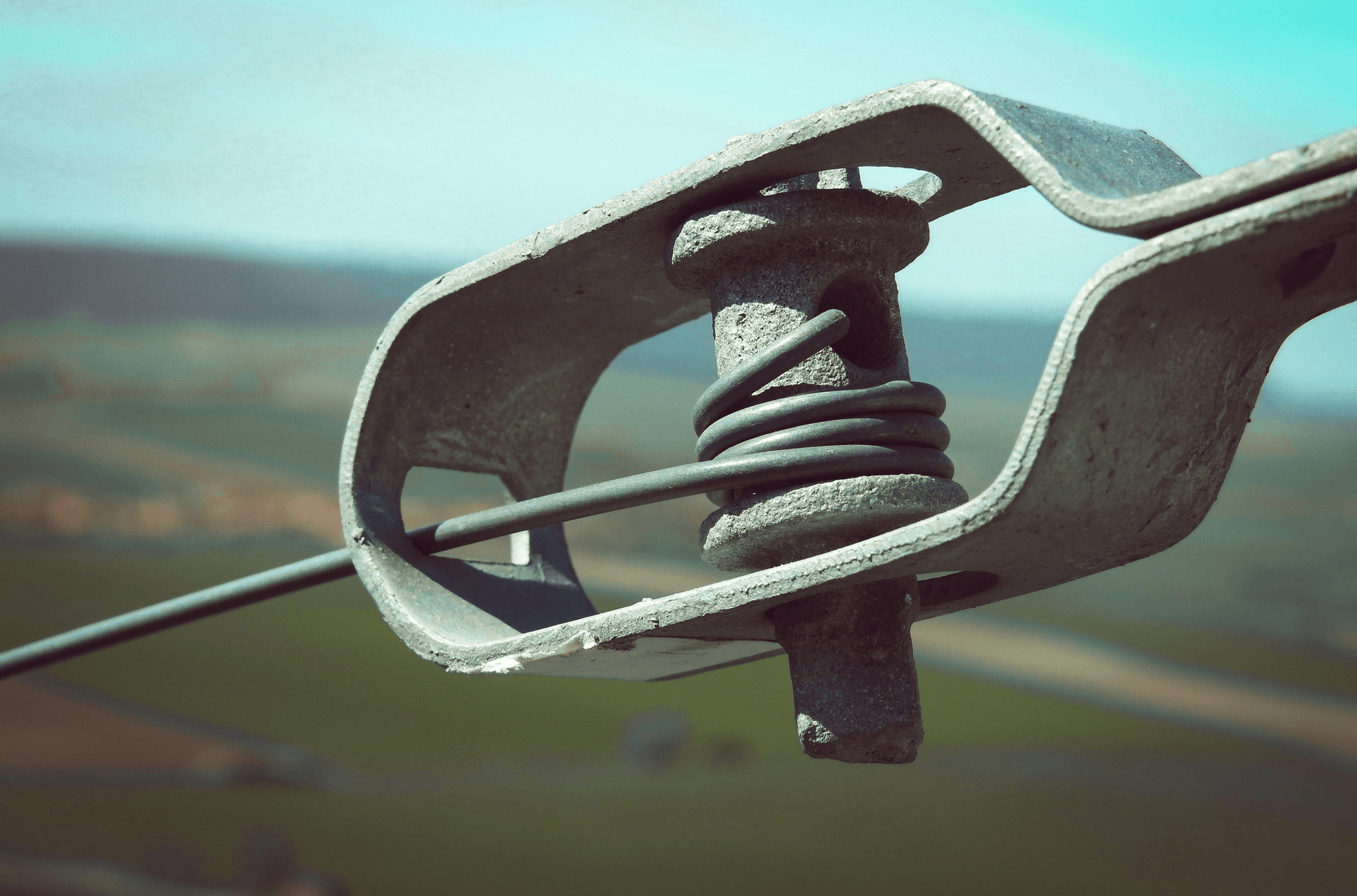
Transmission line dampers are essential components designed to control vibrations in overhead power lines. These vibrations can be caused by wind, ice, or other environmental factors, which can lead to mechanical stress and potential damage. Understanding what transmission line dampers do is crucial for maintaining the integrity and longevity of these vital infrastructures.
Overview of Spacer Dampers
Spacer dampers are a specific type of transmission line damper that serve multiple functions. Primarily, they maintain the correct spacing between conductors in a bundle, preventing them from touching each other during vibrations or wind events. This function is critical because it helps reduce the risk of electrical faults while also providing some level of vibration mitigation.
Types of Dampers in Transmission Lines
There are several types of dampers used in transmission lines, each tailored to address specific vibrational challenges. Common types include tuned mass dampers, which work by oscillating out of phase with the vibrations to counteract them, and viscoelastic dampers that absorb energy through internal friction. Understanding these different types provides insight into how they contribute to reducing vibration in transmission lines and enhancing their overall performance.
How They Function in Practice
The function of a damper goes beyond mere vibration control; it plays a vital role in maintaining the structural integrity of transmission lines under various conditions. By absorbing vibrational energy, these devices help mitigate mechanical stress on both conductors and supporting structures like towers and poles. In practice, this means improved longevity for transmission lines as well as reduced maintenance costs—an appealing prospect for utility companies looking to optimize their operations.
What Does a Transmission Damper Do?
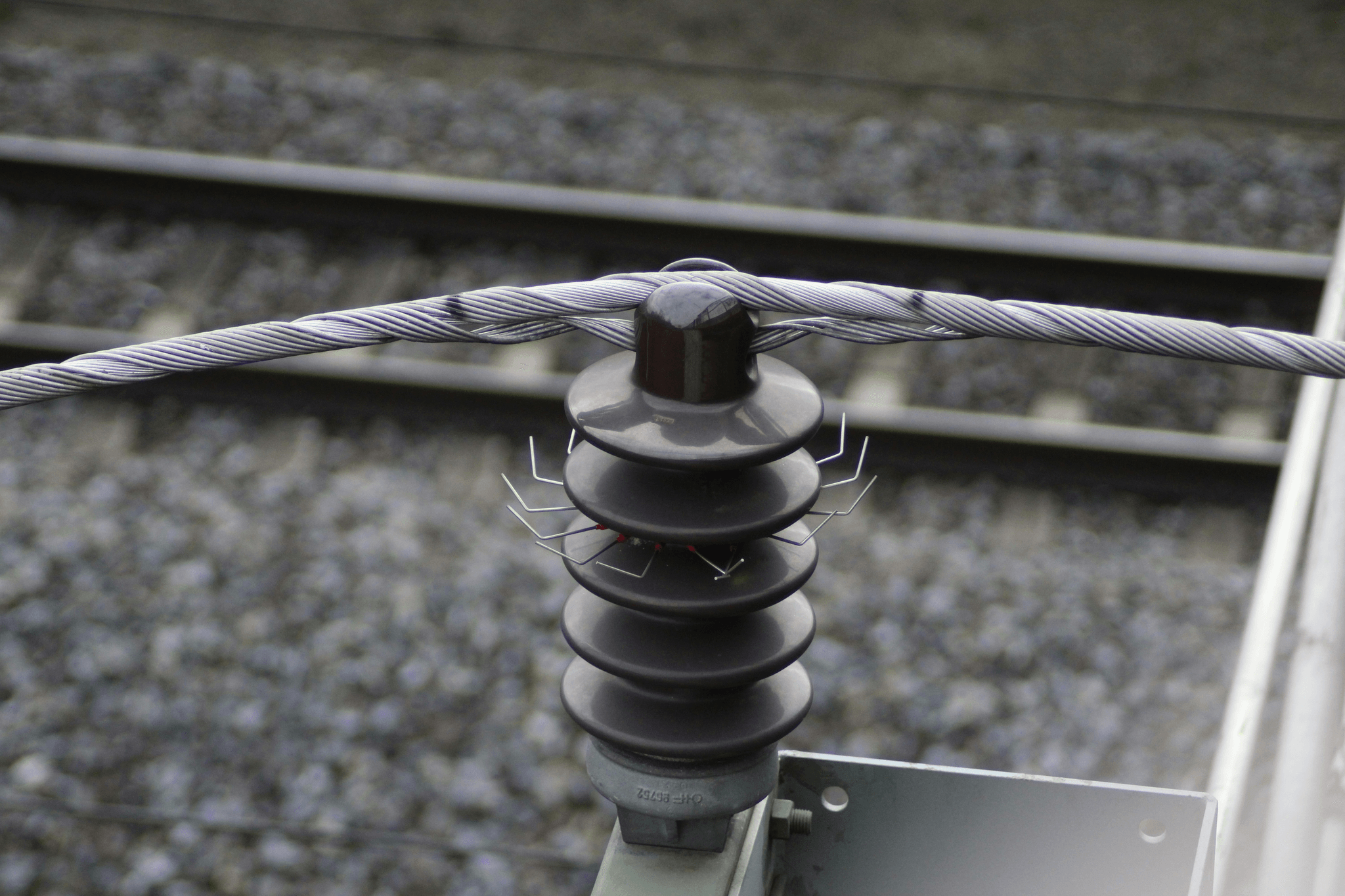
Transmission line dampers play a crucial role in maintaining the stability and efficiency of power transmission systems. By effectively absorbing vibrations, they prevent excessive mechanical stress on the conductors and supporting structures. Understanding what a transmission damper does is essential for ensuring the longevity and reliability of transmission lines.
Mitigating Mechanical Stress
One of the primary functions of transmission line dampers is to mitigate mechanical stress caused by environmental factors such as wind, ice, or seismic activity. These dampers act as shock absorbers, reducing the amplitude of vibrations that can lead to fatigue and eventual failure of materials over time. By minimizing these stresses, transmission line dampers help maintain structural integrity and reduce maintenance costs associated with repairs.
Enhancing Structural Integrity
In addition to mitigating mechanical stress, transmission line dampers enhance the overall structural integrity of power lines. They do this by distributing forces more evenly across the structure, preventing localized damage that could compromise safety and functionality. With various types of dampers in transmission lines available, including spacer dampers & vibration dampers, engineers can select the right solution tailored to specific environmental conditions and project requirements.
Improving Longevity of Transmission Lines
Finally, one cannot overlook how crucial these devices are for improving the longevity of transmission lines themselves. By reducing vibration levels through effective damping techniques, these devices prolong not only the life expectancy of conductors but also other components within the system. Ultimately, understanding how to reduce vibration in transmission lines through proper installation and selection of spacers and dampers ensures that energy providers can deliver reliable service for years to come.
How to Reduce Vibration in Transmission Lines?
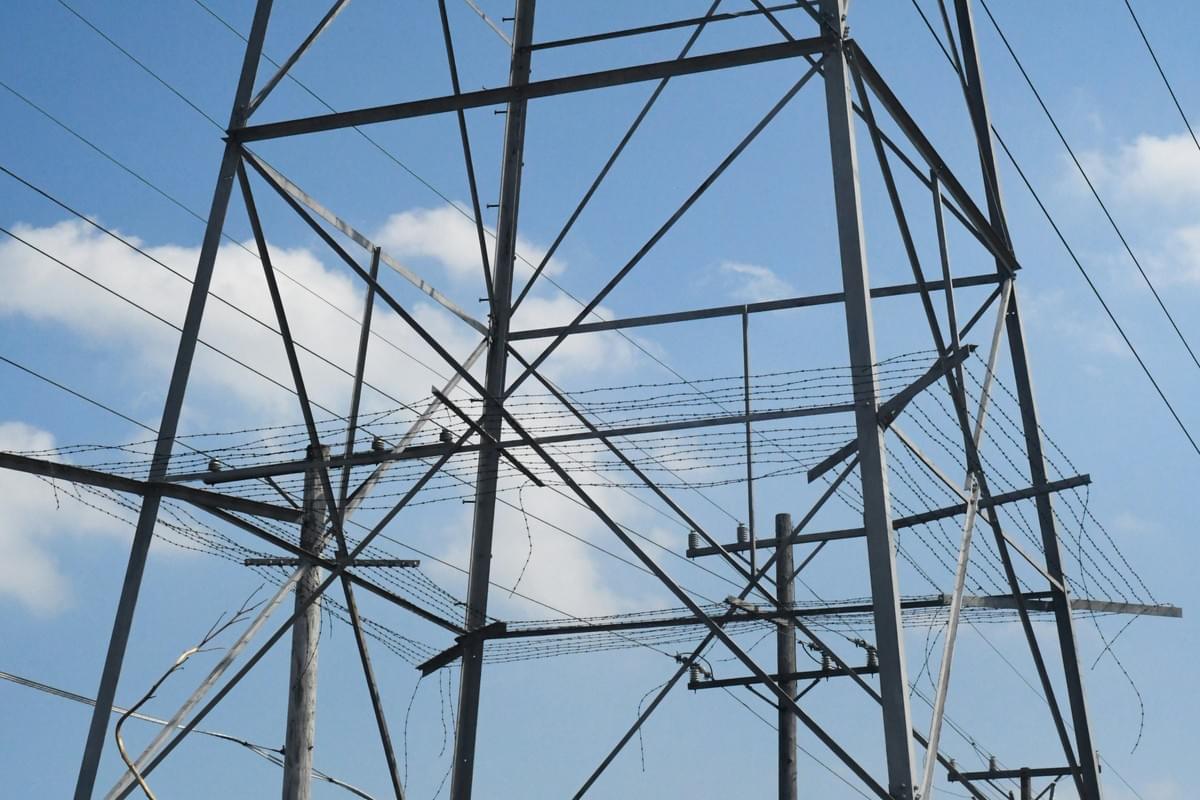
Reducing vibration in transmission lines is crucial for ensuring their longevity and structural integrity. With the right techniques and best practices, engineers can effectively mitigate the adverse effects of mechanical stress caused by vibrations. In this section, we’ll explore various methods to achieve vibrational control, along with essential installation tips and the influence of environmental conditions.
Techniques for Vibrational Control
When it comes to controlling vibrations in transmission lines, one effective technique is the use of transmission line dampers. These devices absorb oscillations and significantly reduce the amplitude of vibrations that might otherwise lead to mechanical failure. Additionally, engineers often implement damping systems, such as spacer dampers and vibration dampers, which are designed specifically for this purpose.
Another popular method involves adjusting the tension on cables within the transmission line system. By fine-tuning cable tension, engineers can alter natural frequencies and minimize resonance effects that contribute to vibration issues. Moreover, strategic placement of dampers at critical points along the line enhances their effectiveness in mitigating unwanted movements.
Lastly, incorporating advanced materials into damper design can improve their performance against external forces. Materials with high energy absorption capabilities are particularly beneficial when addressing common vibration challenges faced by transmission lines.
Best Practices for Installation
Proper installation of transmission line dampers is vital for maximizing their effectiveness in reducing vibrations. First and foremost, it's essential to conduct a thorough site assessment before installation begins; understanding local environmental conditions will help determine optimal damper placement. Engineers should consider factors like wind patterns and seismic activity when deciding where to position spacers and dampers in the transmission line.
Next, following manufacturer guidelines during installation ensures that each damper functions as intended. This includes adhering to specified torque settings and connection methods that enhance durability while maintaining flexibility under stress conditions. Additionally, regular maintenance checks post-installation can help identify any wear or damage early on—this proactive approach keeps your transmission line dampers operating optimally.
Finally, collaborating with experienced professionals during installation can provide valuable insights into best practices tailored to specific projects or environments. An expert eye may catch potential issues that could compromise damper efficiency or overall system integrity.
The Impact of Environmental Conditions
Environmental conditions play a significant role in how effectively vibration is mitigated within transmission lines using spacers and dampers. Factors such as temperature fluctuations can affect material properties; thus it's important to select dampers designed for specific climate challenges like extreme heat or cold weather conditions. Understanding these influences helps ensure that what does a transmission damper do remains effective over time despite changing environments.
Wind loads also impact how much movement occurs within a transmission line system; therefore employing robust damping solutions becomes even more critical in windy regions or areas prone to storms. Engineers must take into account local weather patterns when designing systems meant to withstand these forces while minimizing vibrational impacts.
Lastly, geographical considerations such as proximity to fault lines should not be overlooked either—earthquakes introduce unique challenges requiring specialized damping solutions tailored specifically for seismic activity zones! By acknowledging these factors upfront during planning stages, teams can choose appropriate types of dampers in transmission lines that will stand up against nature's whims while maintaining structural integrity over time.
Exploring Spacer Dampers & Vibration Dampers
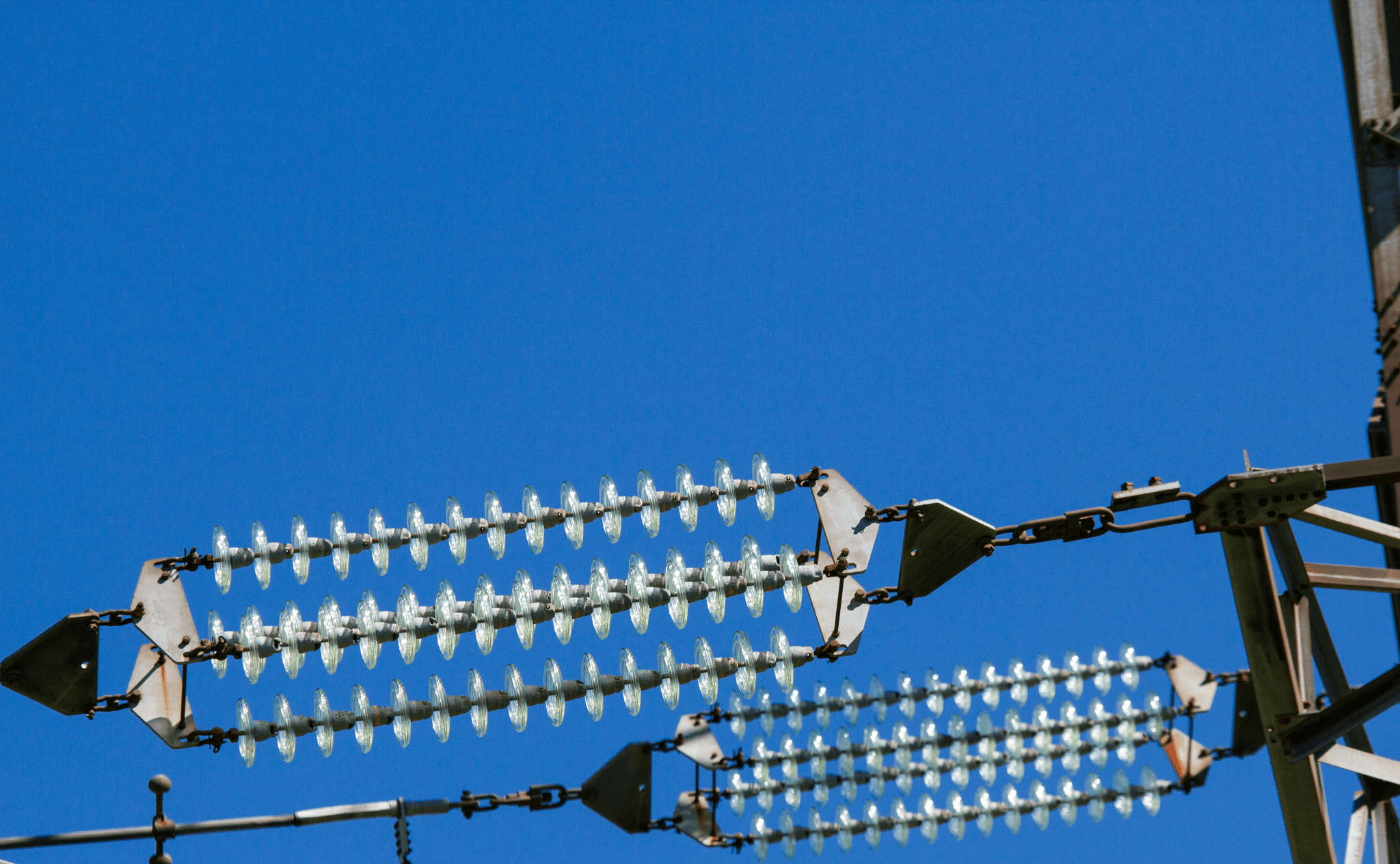
When it comes to transmission line dampers, understanding the distinctions between spacer dampers and vibration dampers is crucial. Spacer dampers are designed primarily to maintain proper spacing between conductors, while vibration dampers focus on reducing oscillations caused by wind or other environmental factors. Both types of dampers play a significant role in mitigating mechanical stress and enhancing the overall performance of transmission lines.
Definitions and Differences
Spacer dampers serve a specific purpose in the realm of transmission lines: they keep conductors apart, preventing them from clashing during extreme weather conditions or heavy load scenarios. On the other hand, vibration dampers are engineered to absorb and dissipate energy from vibrations that can lead to structural fatigue over time. In essence, while both spacer and vibration dampers contribute to the stability of transmission lines, their functions cater to different aspects of line integrity.
Understanding What is the function of a damper? becomes clearer when we consider these definitions. While spacer dampers focus on spatial arrangement, vibration dampers are all about controlling dynamic forces that could compromise structural integrity. Ultimately, knowing the differences helps engineers choose the right type for their specific needs.
Applications in Real-World Scenarios
In real-world applications, both spacer and vibration dampers come into play across various environments—from urban settings with high traffic loads to rural areas exposed to strong winds. For instance, in regions prone to severe weather, using effective transmission line dampers can significantly reduce maintenance costs by prolonging equipment lifespan and minimizing failures due to excessive vibrations. Additionally, industries that rely heavily on electrical infrastructure benefit tremendously from these innovations by ensuring reliable power distribution.
When exploring How to reduce vibration in transmission lines?, it’s essential for engineers to consider these damper types as part of an integrated solution tailored for specific challenges faced by their projects. The strategic placement of spacers can prevent conductor clashing while simultaneously utilizing vibration dampers can mitigate oscillations caused by environmental factors like wind or seismic activities. This dual approach enhances not only safety but also efficiency across numerous applications.
Why Spark Fittings' Products Stand Out
Spark Fittings has established itself as a leader in providing high-quality transmission line dampers designed with advanced materials and cutting-edge technology tailored for durability and effectiveness. Their products stand out because they combine both spacer and vibration damper functionalities into comprehensive solutions that meet diverse engineering needs effortlessly—making them a go-to choice for professionals seeking reliability under challenging conditions.
Moreover, Spark Fittings emphasizes innovation through continuous research aimed at improving What does a transmission damper do? Their commitment extends beyond simply selling products; they provide valuable insights into best practices for installation as well as maintenance strategies that enhance performance longevity—addressing key concerns like “What are the spacers and dampers in the transmission line?” effectively.
Choosing Spark Fittings means opting for proven solutions backed by extensive field testing which assures customers they’re investing wisely in equipment designed specifically for tackling common challenges faced within electrical infrastructure projects today.
Case Studies: Dampers in Action
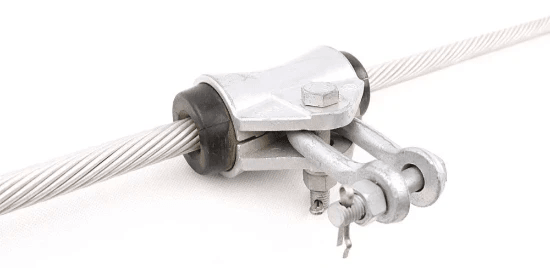
In the world of transmission lines, real-world applications of dampers reveal their significant impact on infrastructure resilience and performance. Case studies from various projects illustrate how transmission line dampers have effectively mitigated vibration issues, showcasing their essential role in enhancing structural integrity. By examining these success stories, we can better understand what a damper does and its importance in maintaining the longevity of transmission lines.
Success Stories from the Field
One notable success story involves a high-voltage transmission line in a windy region where vibration was causing excessive wear and tear on the cables. The installation of spacer dampers significantly reduced oscillations, leading to an impressive increase in system reliability and a decrease in maintenance costs. This project not only demonstrated how to reduce vibration in transmission lines but also highlighted the critical function of dampers in minimizing mechanical stress.
Another example comes from an urban area where environmental factors like traffic-induced vibrations were impacting nearby transmission lines. The use of specialized vibration dampers helped alleviate these issues, allowing for smoother operations without disrupting local infrastructure. These case studies exemplify how different types of dampers in transmission lines can be tailored to specific challenges faced by engineers today.
Lessons Learned from Installation
From various installations, several lessons have emerged regarding the best practices for using transmission line dampers effectively. First and foremost, proper placement is crucial; understanding what is the function of a damper allows engineers to strategically position them for maximum effectiveness against vibrations. Additionally, ongoing monitoring post-installation has proven invaluable for assessing performance and making necessary adjustments.
Another key takeaway relates to collaboration among stakeholders during installation processes; communication between engineers and field teams ensures that everyone understands how to reduce vibration in transmission lines optimally. Each project reinforces that while spacer dampers & vibration dampers serve similar purposes, their specific applications can differ greatly based on environmental conditions and structural requirements.
The Future of Vibration Control in Transmission
Looking ahead, advancements in technology promise exciting developments for vibration control solutions within the realm of transmission line management. Innovations such as smart sensors integrated with dampers could revolutionize how we monitor vibrations continuously—providing real-time data that informs maintenance decisions before problems escalate. As engineers continue exploring new materials and designs for spacers and dampers in the transmission line sector, we can expect even more efficient solutions tailored specifically to unique challenges.
The future also holds potential for enhanced collaboration between manufacturers like Spark Fittings and utility companies aiming to implement cutting-edge damper technologies effectively across diverse landscapes. As we move forward into this new era of engineering excellence, understanding what does a transmission damper do will be more important than ever—ensuring our energy infrastructure remains robust against evolving environmental challenges.
Conclusion
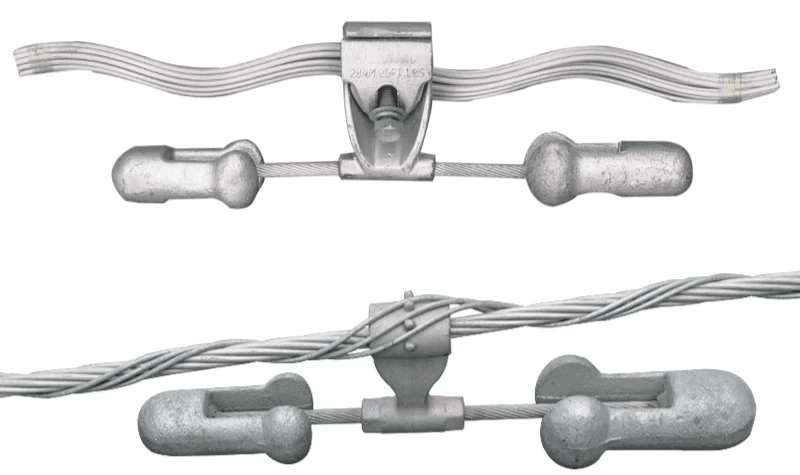
In wrapping up our exploration of transmission line dampers, it's clear that these components play a pivotal role in maintaining the integrity and longevity of power transmission systems. By effectively mitigating vibrations, they not only enhance structural stability but also contribute to the overall efficiency of electrical grids. The benefits of using transmission line dampers extend beyond mere functionality; they are essential for ensuring safety and reliability in power delivery.
Benefits of Using Transmission Line Dampers
Transmission line dampers serve multiple purposes that are critical for any engineering project involving overhead lines. First and foremost, they help mitigate mechanical stress caused by wind, ice, and other environmental factors. This leads to enhanced structural integrity, ultimately reducing maintenance costs and improving the lifespan of the infrastructure—what more could any engineer ask for?
Additionally, these dampers can significantly reduce noise generated by vibrations, contributing to a quieter environment for communities near transmission lines. When considering what does a transmission damper do? It's not just about controlling motion; it’s about ensuring that the entire system operates smoothly without unnecessary disruptions or failures. Thus, incorporating these devices is an investment in both performance and peace of mind.
Innovations in Damper Technology
The field of damper technology is continuously evolving, with innovations aimed at improving performance while minimizing costs. Recent advancements have led to the development of more effective spacer dampers & vibration dampers designed specifically for high-stress environments like those found in mountainous or coastal regions. These innovations often include materials that enhance durability while being lightweight—a perfect combination for modern engineering needs.
Moreover, smart technology integration is paving the way for real-time monitoring systems that can detect vibrations and adjust damping forces accordingly. This means engineers can now proactively address potential issues before they escalate into significant problems—an exciting leap forward! As we explore what are the spacers and dampers in the transmission line? It becomes evident that today's solutions are far more sophisticated than their predecessors.
Choosing the Right Equipment for Your Needs
Selecting appropriate equipment involves understanding various types of dampers in transmission lines available on the market today. Each type serves different applications based on specific needs such as load conditions or environmental challenges faced by particular installations. A thorough assessment will help determine which solution aligns best with your operational requirements.
When considering how to reduce vibration in transmission lines effectively, consulting with manufacturers who specialize in this field can provide invaluable insights into selecting optimal products tailored to your situation. Remember: investing time upfront will save you headaches down the road when it comes to maintenance or unexpected failures due to inadequate damping solutions! Ultimately, informed choices lead to successful implementations.

